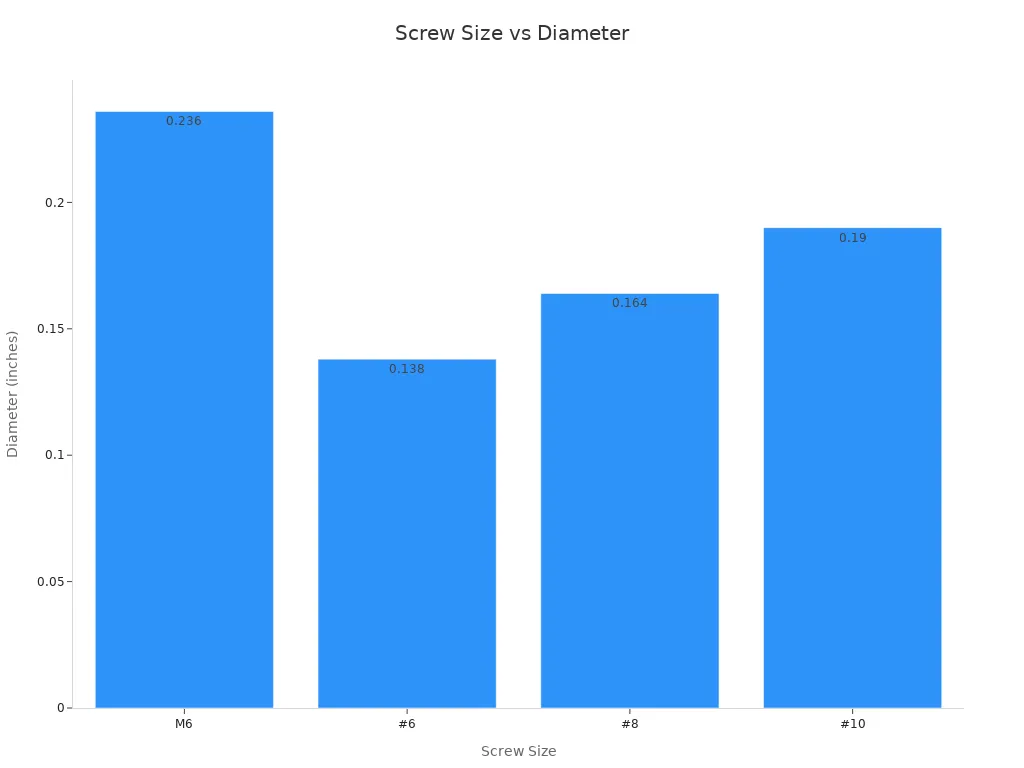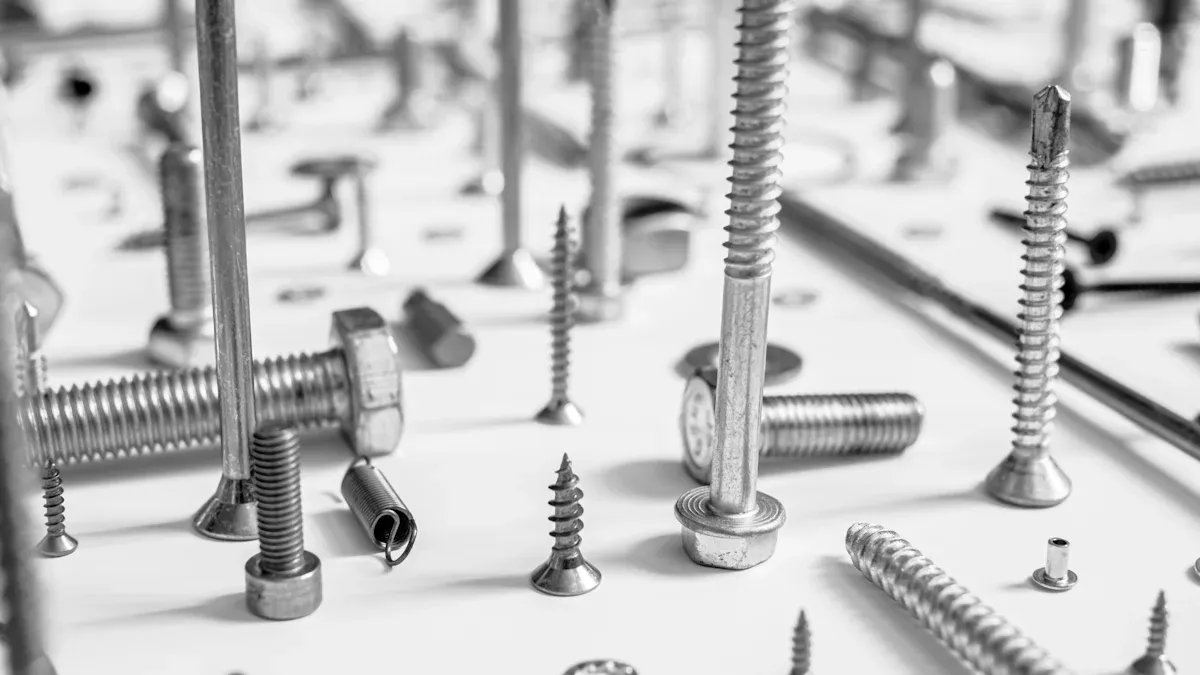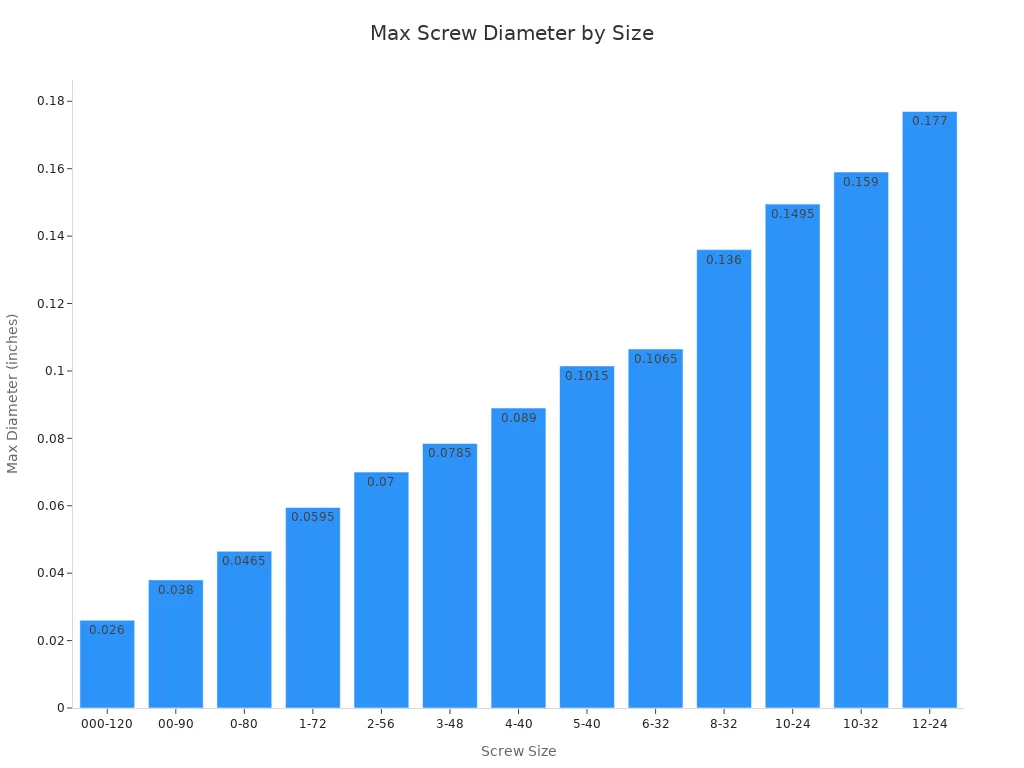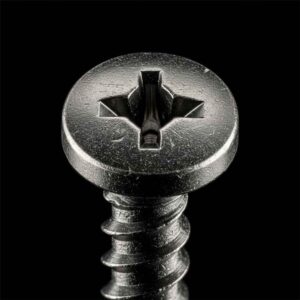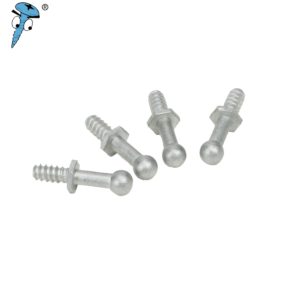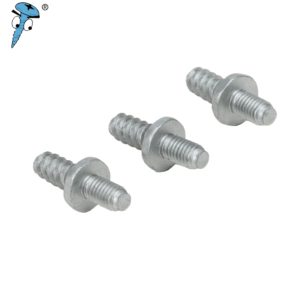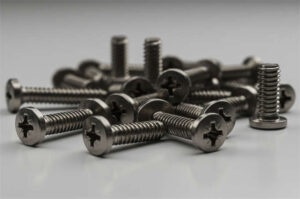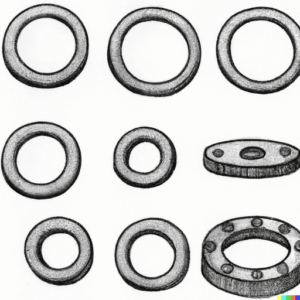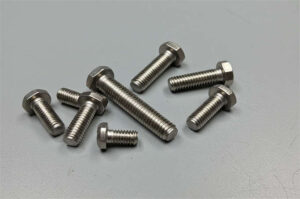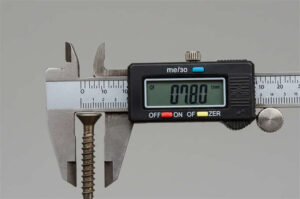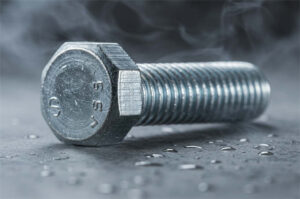You might wonder how the M6 screw size in inches compares to other screws. The M6 screw has a diameter of 0.236 inches. People often use it in car parts and small machines. Look at the table below to see how M6 compares to other common screws:
| Tamanho do parafuso | Diâmetro (polegadas) |
|---|---|
| M6 | 0.236 |
| #6 | 0.138 |
| #8 | 0.164 |
| #10 | 0.190 |
Knowing the size in inches helps you pick the right fastener. This stops problems with screws that do not fit. You can use your tools without trouble and finish your project on time. If you use imperial measurements, this information helps you choose screws more easily.
Principais conclusões
- The M6 screw is 0.236 inches wide. It works well for many things like furniture and machines.
- You should check the width and thread pitch before picking screws. This helps you get the right fit and stops screws from being loose or stuck.
- Screw size charts help you match metric and imperial screws. They make it easy to pick the best screw for your project.
M6 screw size in inches
Diameter and thread pitch overview
Quando você olha para o m6 screw size in inches, you see that the diameter measures 0.236 inches. This size makes the M6 screw a popular choice for many projects. You often find it in furniture, machinery, and automotive parts. The diameter helps you match the screw to the right hole or nut.
Thread pitch tells you how close the threads sit on the screw. For M6 screws, the standard thread pitch is 1.0 millimeter. You can compare this to the imperial 1/4-20 screw, which has a thread pitch of 20 threads per inch. The table below shows the difference:
| Tipo de parafuso | Passo de linha |
|---|---|
| M6 | M6-1.0 (metric coarse) |
| 1/4-20 | 1/4-20 (imperial) |
You need to know the thread pitch when you choose screws. If you pick a screw with the wrong pitch, it will not fit or hold tightly. The m6 screw size in inches gives you a clear idea of the diameter, but you should always check the thread pitch too.
Tip: Always match both the diameter and thread pitch when you select screws for your project. This helps you avoid problems with loose or stuck fasteners.
Typical M6 screw lengths in inches
You can find M6 screws in many lengths. The length tells you how deep the screw will go into your material. Common lengths for M6 screws range from 10 millimeters to 100 millimeters. The table below converts these metric lengths to inches so you can compare them easily:
| Length (mm) | Length (inches) |
|---|---|
| 10 | 0.39 |
| 16 | 0.63 |
| 20 | 0.79 |
| 25 | 0.98 |
| 30 | 1.18 |
| 40 | 1.57 |
| 50 | 1.97 |
| 60 | 2.36 |
| 80 | 3.15 |
| 100 | 3.94 |
When you look at m6 screw size in inches, you see that the length can change based on your needs. You might use a short screw for thin materials. You might pick a longer screw for thicker parts. The table helps you compare screw measurements and choose the right length for your project.
If you work with both metric and imperial systems, knowing the m6 screw size in inches makes your job easier. You can match screws to your tools and materials without guessing. You avoid mistakes and save time.
You should always check the m6 screw size in inches before you start your project. This helps you pick the right screw and finish your work with confidence. The m6 screw size in inches gives you a simple way to compare screws and make smart choices.
Metric screw comparison
M4, M5, M6, M8 sizes
When you look at different screw sizes, you see that metric screws come in many options. The most common metric screw sizes include M4, M5, M6, and M8. Each size has a unique diameter and fits different jobs. You can use the table below to compare these screw sizes and their inch equivalents:
| Metric Size | Diâmetro (mm) | Diâmetro (polegadas) |
|---|---|---|
| M4 | 4.0 | 0.157 |
| M5 | 5.0 | 0.197 |
| M6 | 6.0 | 0.236 |
| M8 | 8.0 | 0.315 |
You can use this table to pick the right screw sizes for your project. If you need a thin screw, you might choose M4. If you want a thicker screw, you can pick M8. The M6 screw sits in the middle and works for many tasks.
Differences in diameter and thread pitch
Each metric screw size has a different diameter and thread pitch. The diameter tells you how thick the screw is. The thread pitch shows how close the threads are. M6 screws have a standard pitch of 1.0 mm. M5 screws usually have a pitch of 0.8 mm. M8 screws often use a pitch of 1.25 mm.
- M6 screws give you a balance between strength and size.
- M5 screws work well for lighter jobs.
- M8 screws fit heavy-duty tasks.
Note: Always check both the diameter and thread pitch when you choose screw sizes. This helps you avoid problems with fit and strength.
When you compare screw sizes, you see that M6 is thicker than M5 but thinner than M8. You can use M6 screws for furniture, machines, and car parts. M5 screws fit electronics and small devices. M8 screws hold large parts together. Knowing these differences helps you pick the best screw sizes for your needs.
Screw size chart: metric vs imperial
M6 vs 1/4 inch and #10 screws
You often need to compare metric and imperial screw sizes when you work on projects. The screw size chart below helps you see how M6 matches up with common imperial screws like 1/4 inch and #10. This chart shows the diameter and thread pitch for each screw. You can use it to find the closest match for your needs.
| Tamanho do parafuso | Diâmetro (mm) | Diâmetro (polegadas) | Passo de linha | Common Use |
|---|---|---|---|---|
| M6 | 6.0 | 0.236 | 1.0 mm (metric) | Furniture, machinery |
| 1/4-20 UNC | 6.35 | 0.250 | 20 TPI (imperial) | Wood, metal |
| #10-24 UNC | 4.83 | 0.190 | 24 TPI (imperial) | Electronics, panels |
| 0BA | 6.0 | 0.236 | 25.4 TPI (imperial) | British equipment |
You see that M6 and 1/4 inch screws have similar diameters. The thread pitch is different. M6 uses metric threads, while 1/4-20 and #10 screws use imperial threads per inch (TPI). The screw size chart helps you compare these screw sizes quickly.
Interchangeability and compatibility notes
You may wonder if you can swap M6 screws for 1/4 inch or #10 screws. The answer depends on the project and the fit you need. Here are some important points to remember:
- M6 screws sometimes fit into 1/4 inch or #10 nuts, but you should not rely on this for safety or tightness.
- Mixing metric and imperial fasteners can cause problems. You may strip threads or create loose joints.
- The thread profiles and angles are different. This can make screws get stuck or even break.
- Misalignment between metric threads and threads per inch can lead to incomplete assembly or structural failure.
- Direct mathematical conversion between metric and imperial sizes does not always work. You should use the nearest standard size from the screw size chart.
- For critical jobs, always check engineering specifications. Do not guess or use visual matches.
Tip: Always use the correct screw sizes for your project. Mixing metric and imperial screws can lead to safety risks and poor results.
You need to pay attention to thread pitch and diameter. The screw size chart gives you a clear way to compare screw sizes, but you should not substitute screws unless you know they will fit and hold securely. You avoid problems when you use the right fastener for each job.
If you want to make sure your project is strong and safe, use the screw size chart to pick the best screw sizes. You protect your work and save time by choosing the right screws from the start.
Application and selection tips
Choosing the right screw for your project
You want your project to last and stay strong. Start by thinking about the material you will join. Each material needs a different type of screw. For wood, use coarse threads for softwoods and fine threads for hardwoods. Metal works best with fine threads or self-tapping screws. Plastic needs screws with larger heads to prevent stress cracking. Always check the load your screw must hold. If you need extra strength, pick a thicker screw.
Aqui está uma quick guide for choosing screws for different materials:
| Tipo de material | Recommended Screw Type | Notas |
|---|---|---|
| Softwoods | Fios Grosseiros | Bite well into the wood |
| Hardwoods | Fios finos | Tighter grip, less likely to strip |
| Metal | Fine Threads, Self-Tapping | Suitable for secure fastening |
| Plástico | Zinc-plated, Stainless Steel | Check chemical compatibility and load |
Tip: Standardize screws in your assembly. This makes your project easier to build and repair.
Factors to consider: diameter, thread pitch, material
You need to match the screw diameter and thread pitch to your project. Diameter affects strength. A larger diameter means more load capacity. Thread pitch changes how tightly the screw holds. Fine pitch gives more grip and spreads the load. Coarse pitch makes it easier to screw in but may not hold as tightly.
| Aspecto | Descrição |
|---|---|
| Passo de linha | Finer pitch increases grip and load-bearing ability. |
| Capacidade de carga | Larger diameter and fine pitch improve strength. |
| Engagement | Proper engagement prevents stress and failure. |
Material also matters. Stainless steel screws resist rust and work well outdoors or in wet places. Alloy steel screws handle heavy loads but may need protection from rust. Always use a screw size reference to check the best fit for your project.
Observação: Ask a supplier or engineer if you are unsure. They can help you choose the right screw for your needs.
You can spot important differences between M6 and other screws. Metric screws measure size in millimeters. Imperial screws use inches instead. The table below shows how they are not the same:
| Recurso | Metric Screws (e.g., M6) | Imperial Screws (e.g., 1/4″) |
|---|---|---|
| Unidades de medição | Millimeters (mm) | Inches |
| Sizing Convention | ‘M’ + diameter in mm | Fractions of an inch |
| Example | M6 = 6mm diameter | 1/4″ = 1/4-inch diameter |
| Regional Usage | Global standard | Estados Unidos |
Knowing both systems helps you work with people worldwide. Screw size charts help you pick the right screw quickly. Always check the thread pitch and diameter before you choose. Use tables and charts like the one below to make sure your screws fit:
Perguntas frequentes
What does M6 mean in screw sizing?
M6 means the screw has a 6 millimeter diameter. You use this size for many furniture and machine projects.
Can you use an M6 screw instead of a 1/4 inch screw?
You should not swap these screws. The thread pitch and diameter differ. Always check a screw size guide before choosing replacements.
How do you measure screw length correctly?
You measure screw length from the flat part under the head to the tip. Use a ruler or caliper for best results.


